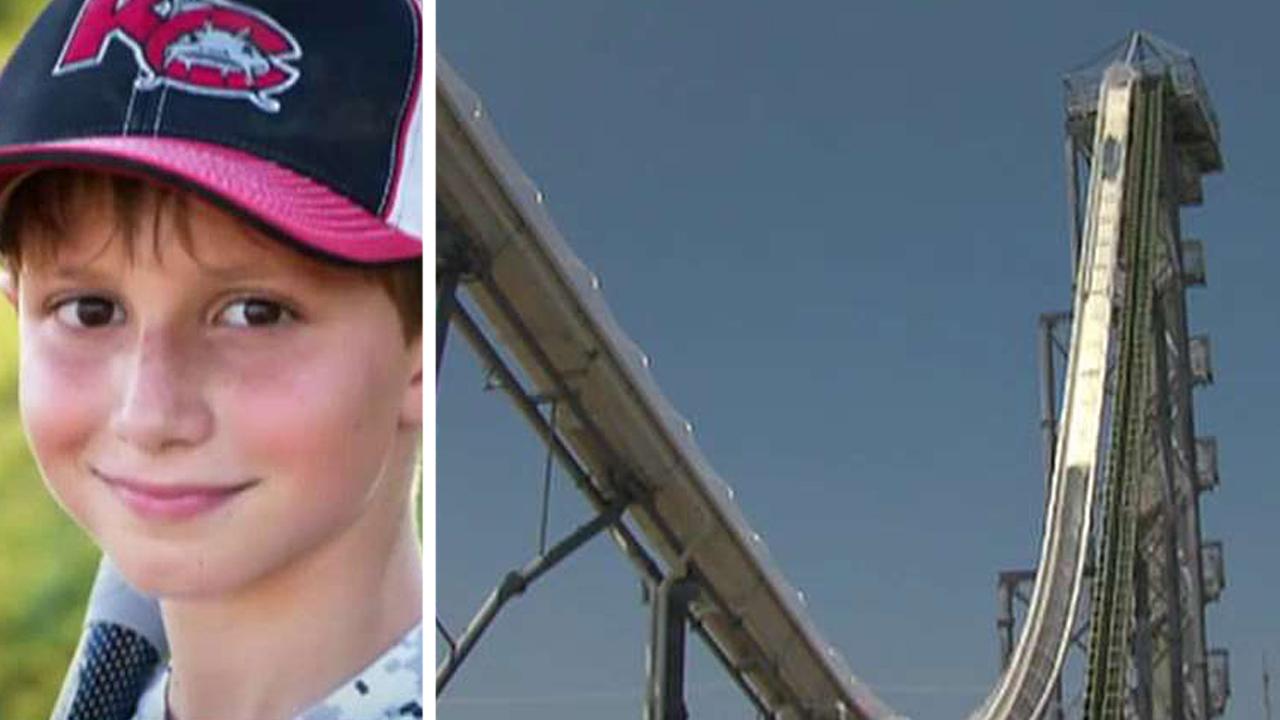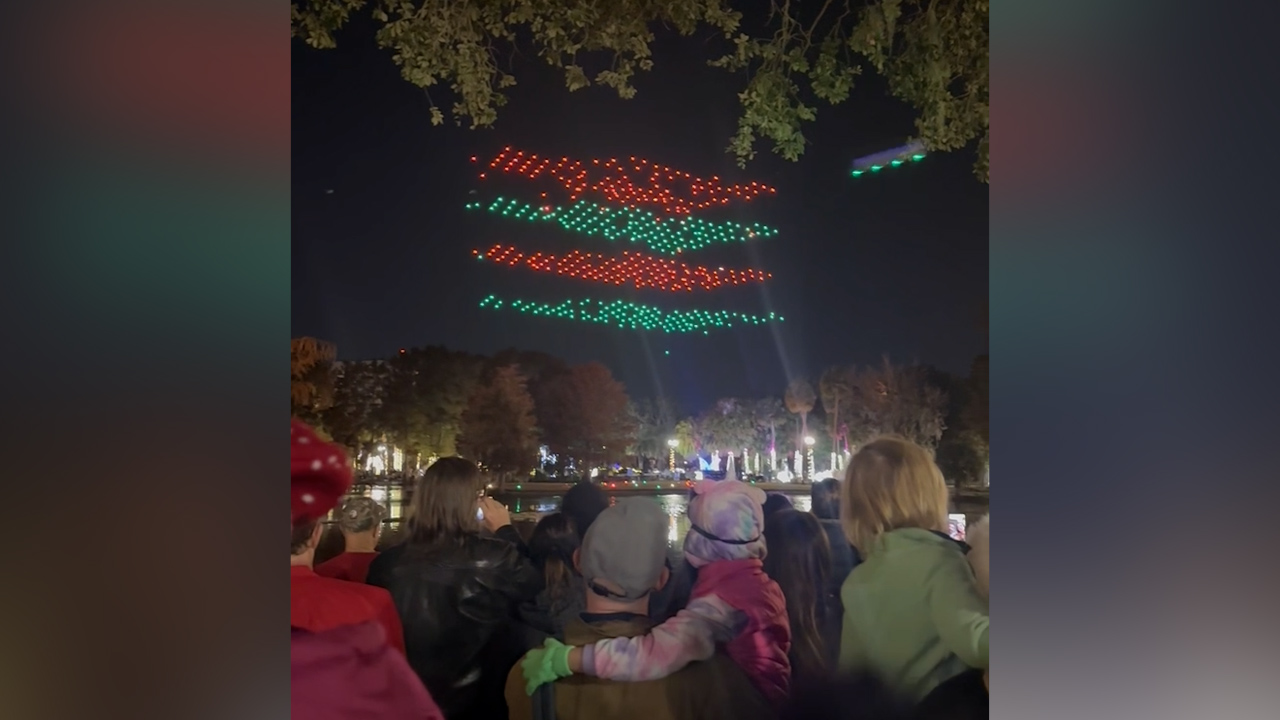Boy hit by drone – it sounds like something from a science fiction movie, but sadly, it’s a growing reality. This incident highlights the complex interplay of rapidly advancing technology, evolving safety regulations, and the ever-present human element. We’ll explore the circumstances surrounding such accidents, examining the legal, ethical, and technological implications, and considering what steps can be taken to prevent future tragedies.
This exploration delves into the potential causes of drone accidents involving children, from operator error to malfunctioning equipment. We’ll also examine the severity of injuries sustained, the legal ramifications for those responsible, and the broader societal impact of such events. Furthermore, we’ll look at how technology and responsible regulations can work together to improve drone safety.
A Boy Hit by a Drone: Understanding the Incident and its Implications
The increasing popularity of drones presents both exciting possibilities and significant safety concerns. A recent incident involving a boy struck by a falling drone highlights the urgent need for better regulations, technological advancements, and public awareness surrounding responsible drone operation. This article explores the various facets of this incident, from the immediate aftermath to the long-term implications for all involved.
The Incident: Describing the Event

Several scenarios could lead to a child being hit by a drone. It might involve a malfunctioning drone experiencing a sudden loss of control, a collision with an obstacle resulting in an uncontrolled descent, or even operator error leading to a loss of visual contact and subsequent impact. The size and weight of the drone, along with its features, significantly impact the severity of the resulting injury.
Drones involved could range from small, lightweight consumer models weighing under a pound, potentially causing minor injuries like bruises or scrapes, to larger, heavier commercial drones capable of inflicting severe injuries such as fractures, head trauma, or even fatalities. Features like propellers, sharp edges, and even the drone’s battery could contribute to the injury’s severity.
| Injury Severity | Potential Causes | Example | Drone Type Involved |
|---|---|---|---|
| Minor (Bruises, Scrapes) | Low-impact collision, small drone | A small drone falling from a low altitude | Small consumer drone |
| Moderate (Fractures, Lacerations) | Higher-impact collision, larger drone, sharp propellers | A mid-sized drone falling from a significant height | Mid-sized commercial drone |
| Severe (Head Trauma, Internal Injuries) | High-impact collision, heavy drone, battery impact | A large drone falling from a great height | Large commercial drone with heavy battery |
Legal and Ethical Implications

Drone operators bear significant legal responsibility in accidents. Negligence, encompassing failure to maintain control, operate within legal boundaries, or adhere to safety guidelines, can lead to legal claims. Product liability claims might arise if a manufacturing defect caused the drone malfunction. Ethical considerations focus on responsible drone use in populated areas, prioritizing public safety above convenience or recreational activities.
A hypothetical legal case could involve a drone operator neglecting to check weather conditions before flight, resulting in a loss of control and the drone striking a child. The ensuing lawsuit would examine the operator’s adherence to regulations, the drone’s maintenance history, and the resulting injuries to determine liability and compensation.
Safety Measures and Prevention, Boy hit by drone

Several regulations and guidelines exist for drone operation, often focusing on airspace restrictions, registration requirements, and operator certifications. Technological solutions like proximity sensors, geofencing (restricting flight to pre-defined areas), and obstacle avoidance systems can prevent accidents. Responsible operation necessitates careful planning, awareness of surroundings, and adherence to all regulations.
- Always check weather conditions before flight.
- Maintain visual line of sight with your drone.
- Avoid flying over crowded areas.
- Register your drone with the relevant authorities.
- Regularly inspect your drone for mechanical issues.
A step-by-step guide for safe drone operation would include pre-flight checks, planning the flight path, maintaining visual contact, and having a backup plan in case of malfunction.
Public Perception and Media Coverage
Incidents like this can significantly impact public perception of drones, potentially fueling concerns about safety and raising questions about regulation. Media outlets may portray the story differently, focusing on various aspects such as the severity of the injury, the operator’s responsibility, or the need for stricter regulations. Social media can amplify public opinion, potentially creating a polarized debate.
So, a boy got hit by a drone, right? It makes you think about how common these things are becoming. Incidents like that highlight the potential dangers, which is why news of a major drone crash in Paris is pretty alarming. It shows just how important safety regulations and responsible drone operation really are, especially considering the boy’s injury.
A hypothetical news report might detail the incident, including the boy’s injuries, the investigation into the cause of the accident, and the operator’s response. It would likely include expert opinions on drone safety and calls for improved regulations.
Technological Advancements and Future Considerations
Advancements in drone technology, such as improved sensors, autonomous flight capabilities, and enhanced obstacle avoidance systems, can improve safety. Artificial intelligence plays a crucial role in enabling drones to react to unexpected situations and prevent accidents. Different drone models offer varying safety features, impacting their suitability for different environments and applications.
| Drone Model | Obstacle Avoidance | GPS Accuracy | Emergency Stop Feature |
|---|---|---|---|
| Model A | Advanced multi-directional sensors | High precision GPS | Yes, with failsafe mechanism |
| Model B | Basic forward-facing sensors | Standard GPS | Yes, basic stop function |
| Model C | No obstacle avoidance | Limited GPS | No |
Improved regulations, coupled with public education campaigns emphasizing responsible drone operation, are crucial for shaping future drone usage and minimizing risks.
A boy getting hit by a drone is a serious safety concern, highlighting the need for responsible drone operation. Understanding drone technology is key; check out the innovative features of sky elements drones to see how advanced safety measures are being developed. Hopefully, advancements like these will prevent similar incidents involving children and drones in the future.
Impact on the Boy and his Family
The incident’s impact on the boy and his family can be profound, encompassing short-term and long-term physical and emotional effects. The boy may experience pain, scarring, and potential long-term disabilities, while the family may face significant financial burdens associated with medical expenses, lost income, and potential legal costs. Support systems, including medical professionals, therapists, and support groups, are crucial in aiding recovery and coping with the emotional trauma.
A fictional account might detail the boy’s recovery journey, highlighting the challenges faced by the family, the emotional toll of the incident, and the eventual healing process. It could emphasize the importance of community support and access to appropriate resources.
Final Review: Boy Hit By Drone

The increasing prevalence of drones necessitates a comprehensive approach to safety and regulation. While technological advancements offer potential solutions, responsible operation and clear legal frameworks are paramount. The case of a boy hit by a drone serves as a stark reminder of the need for vigilance, education, and proactive measures to mitigate the risks associated with this burgeoning technology.
Ultimately, safeguarding the public requires a collaborative effort between manufacturers, operators, and lawmakers.
FAQ Corner
What types of drones are most likely to cause injury?
Larger, heavier drones, especially those carrying payloads, pose the greatest risk of injury. Smaller drones can also cause harm, depending on speed and impact.
What are the common causes of drone accidents?
Operator error (lack of training, inattention), mechanical malfunction, and unforeseen environmental factors (wind gusts, etc.) are all contributing factors.
News of a boy being hit by a drone is a serious reminder of the safety concerns surrounding drone technology. Understanding where these deliveries are happening is key to minimizing risk; check out the list of amazon drone delivery locations to see if any are near you. This information can help us all stay aware of potential hazards and promote safer drone operations.
What kind of compensation can a family expect after such an accident?
Compensation depends on the severity of the injuries and the legal jurisdiction. Claims could involve medical expenses, lost wages, pain and suffering, and punitive damages.
Are there insurance policies specifically for drone accidents?
Yes, many drone insurance policies cover liability in case of accidents resulting in property damage or personal injury. It’s crucial for drone operators to have adequate coverage.
